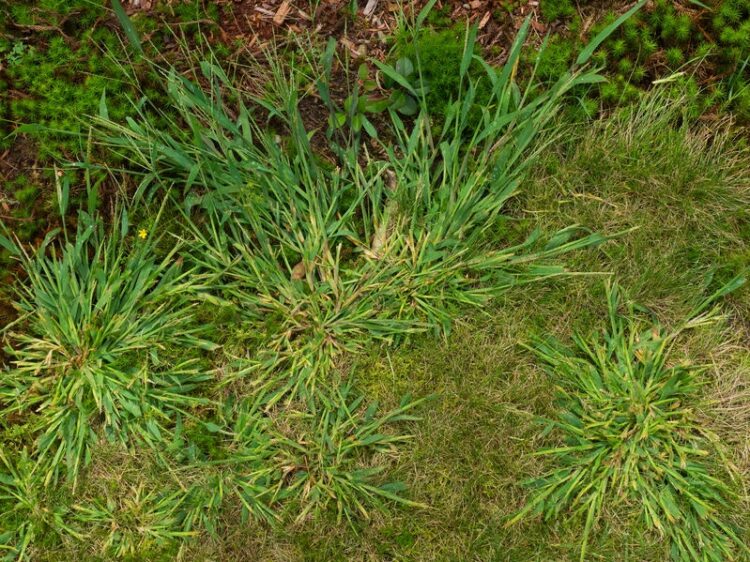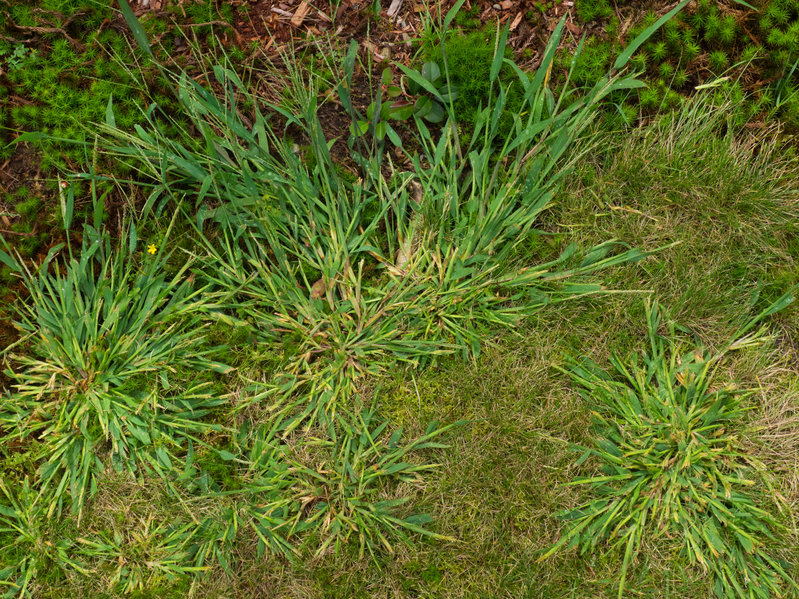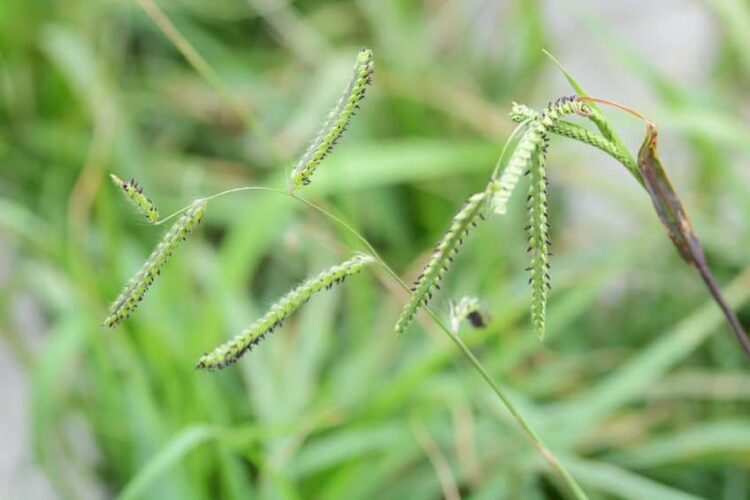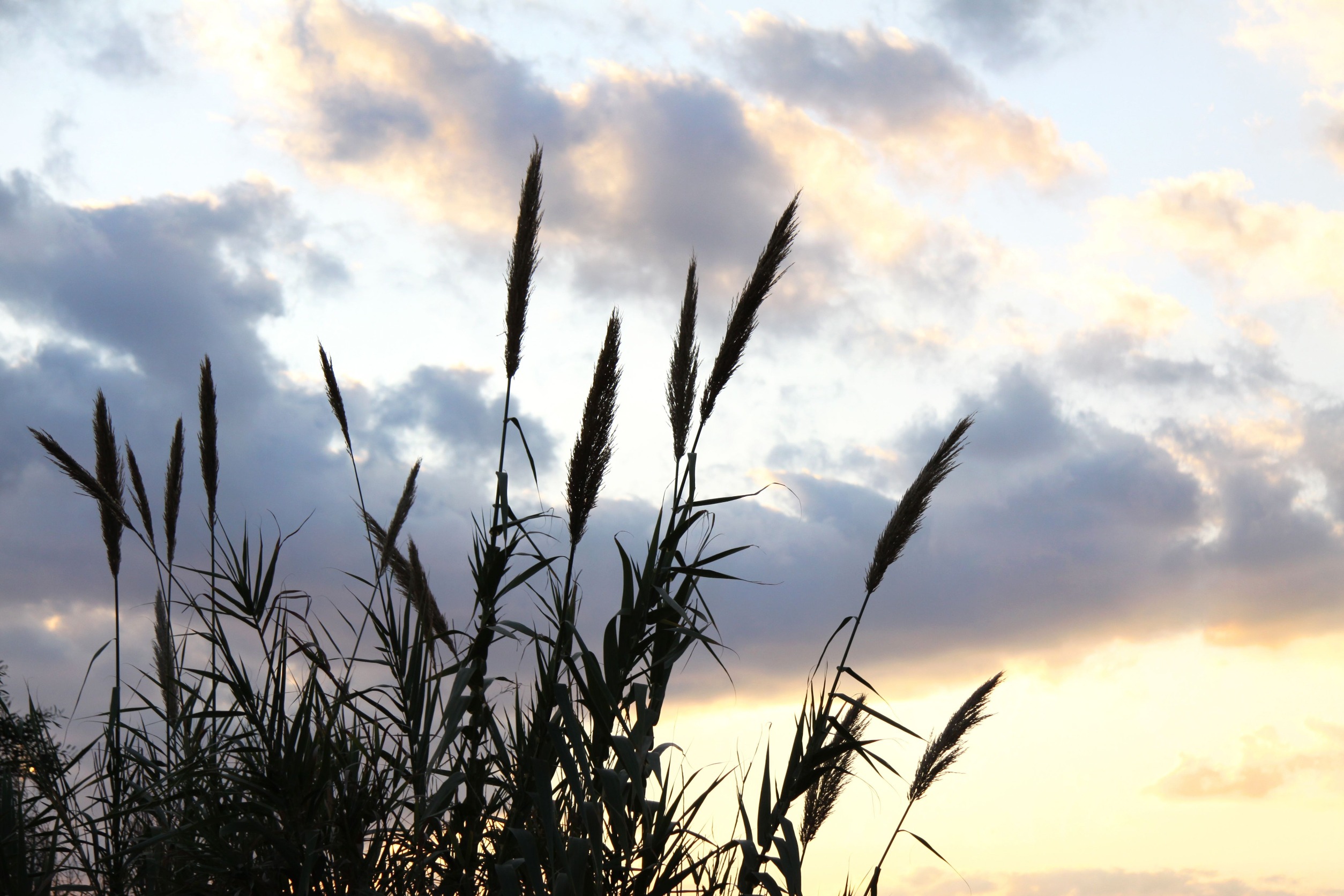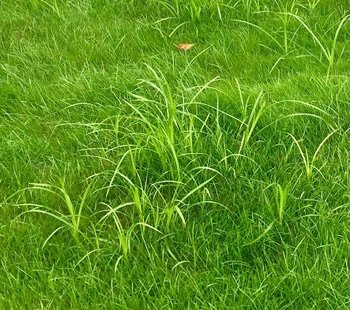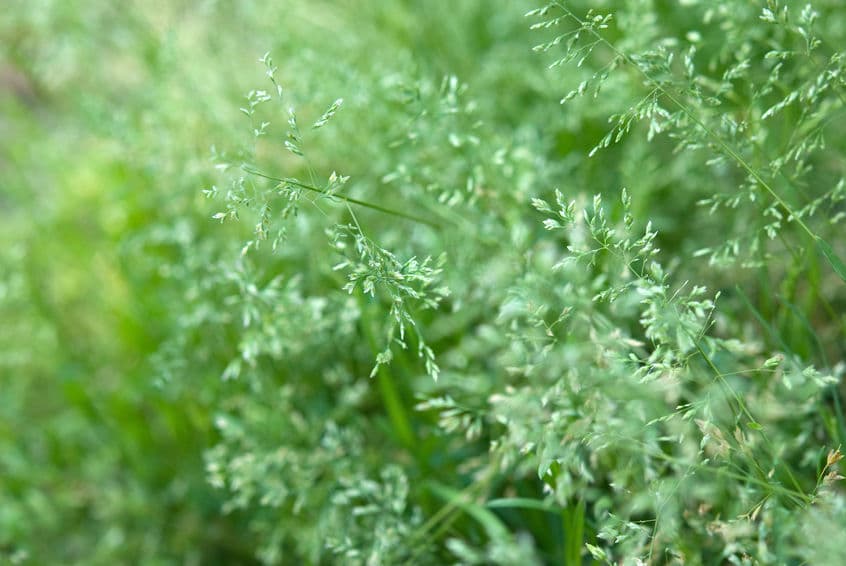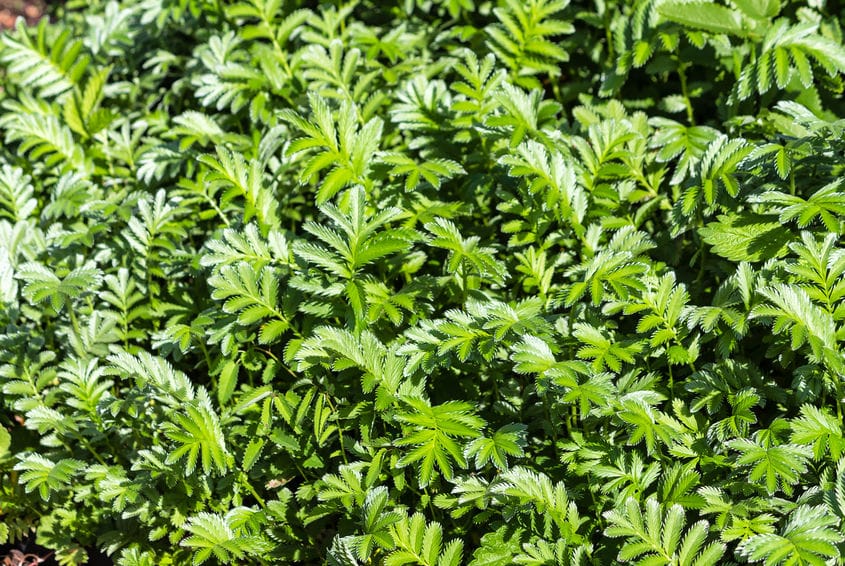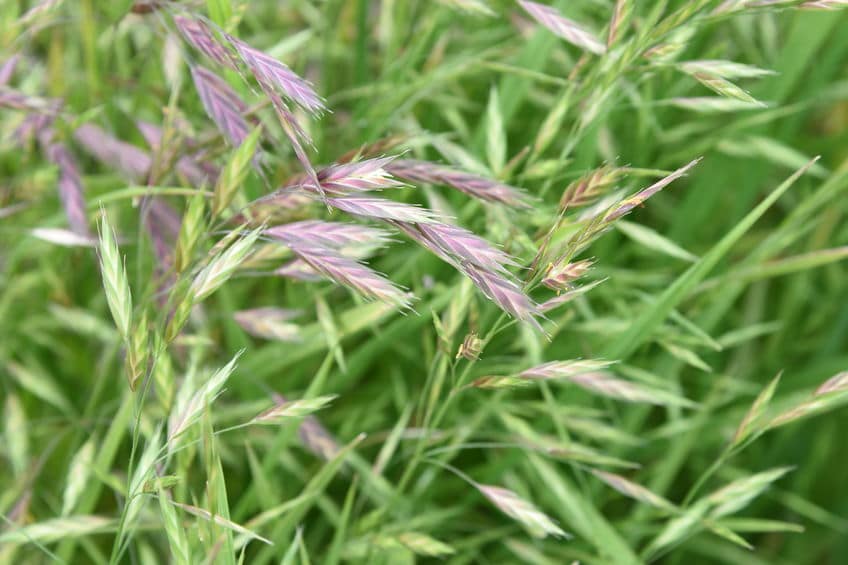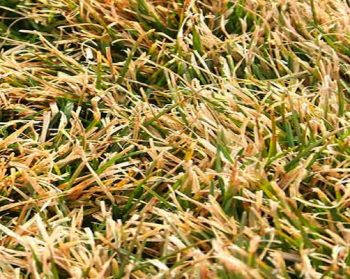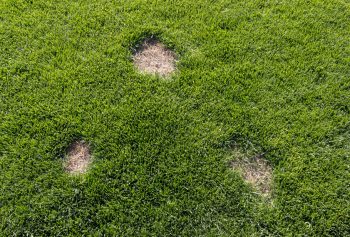Grassy weeds are common in lawns, where they compete with turf grasses for water, nutrients and light. These weeds can be difficult to control because their seeds germinate quickly and their roots spread underground without emerging from the soil surface.
Proper and consistent lawn mowing will help control weeds and keep your lawn healthy. Check out out our lawn mowing service page for more details. No matter what variety of weed you’re trying to get rid of, there are several ways you can kill grassy weeds. Keep reading to find out what we recommend.
What are Grassy Weeds?
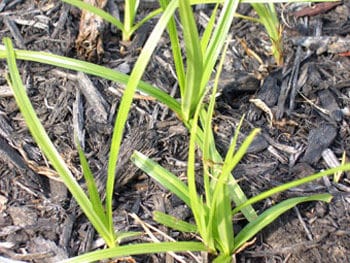
Grassy weeds are a type of weed that resembles turf grass or other desirable grass species. These weeds have wide blades and fine roots. They grow in lawns, pastures and other grassy areas.
Furthermore, grassy weeds are difficult to identify because they closely resemble desirable grasses. This makes it more challenging to identify them than broadleaf weeds.
Here are some common grassy weeds that can be found in North Texas lawns:
Crabgrass – a summer annual weed that can quickly take over a lawn if not controlled.
Dallisgrass – a perennial weed that can grow in clumps and is difficult to control.
Johnson grass – a perennial weed that can grow up to 6 feet tall and has deep roots that make it hard to remove.
Nutsedge – a weed that resembles grass but grows much faster and has a triangular stem. It can be difficult to control as it has a deep root system.
Annual bluegrass – a cool-season weed that can form unsightly patches in a lawn and is difficult to control once established.
Goosegrass – a summer annual weed that can grow up to 2 feet tall and forms a dense mat that can suffocate grass.
Rescuegrass – a cool-season weed that can quickly grow in bare patches and can be difficult to control once established.

Crabgrass

Dallisgrass

Johnsongrass

Nutsedge

Bluegrass

Goosegrass

Rescuegrass
It’s important to identify and control these weeds early on to prevent them from taking over your lawn. A professional lawn care service can help you identify and control these weeds effectively.
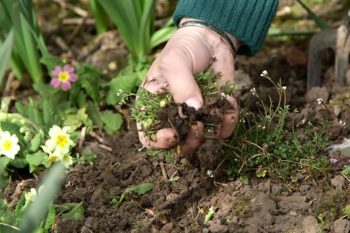
Hand-Pull Grassy Weeds
Hand-pulling weeds is still considered the best method for weed control, especially for small areas or gardens. Unlike herbicides, hand-pulling weeds is an environmentally friendly method.
It does not introduce any chemicals into the soil or nearby plants. Hand-pulling also allows for the complete removal of the weed including the roots, which prevents regrowth.
Additionally, hand-pulling weeds is a therapeutic and calming activity that many people enjoy.
However, hand-pulling weeds is time-consuming and labor-intensive. It is not practical for large areas or for weeds with deep roots. In these cases, herbicides or other weed control methods are necessary.
If weeds have completely taken over your lawn to the point of no return, consider installing fresh sod and get an instant green, weed free lawn.
Use a pre-emergent herbicide before weeds germinate in spring.
Pre-emergent herbicides are a highly effective way to control and eradicate grassy weeds in your lawn. These herbicides work by preventing weed seeds from germinating, which means that they stop weeds from growing before they even have a chance to emerge from the soil.
Using pre-emergent herbicides in the early spring and fall can be an effective way to control grassy weeds such as crabgrass, dallisgrass, and many others that commonly invade North Texas lawns.
By applying pre-emergent herbicides at the right time, you can prevent these weeds from establishing themselves in your lawn, reducing the need for post-emergent herbicides or hand-pulling.
By applying a pre-emergent herbicides, you’ll not only keep your lawn looking beautiful all year long.
Contact us today for all your lawn fertilization and weed control needs. We know the right products to put down so that you have a weed free lawn.
Apply post-emergent herbicides after weeds emerge.
Post emergent herbicides are used to control grassy weeds that have already emerged from the soil. These herbicides work by killing existing weeds.
They are available in both selective and non-selective formulations. Selective herbicides target specific types of weeds while leaving desirable plants unharmed, while non-selective herbicides kill all plants they come into contact with.
Selective herbicides are generally preferred for lawn care, as they allow you to target the specific weeds that are present without harming your lawn. However, it is important to follow the label instructions carefully when using any herbicide, as overuse or misuse can lead to damage to your lawn or nearby plants.
Pre and Post Emergent Herbicides
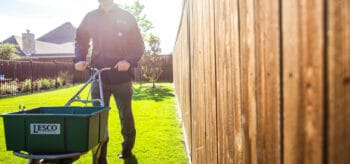
Alternate between pre-emergent and post-emergent treatments to kill more weeds, including new ones that may sprout during the year.
Using both pre-emergent and post-emergent herbicides is a highly effective strategy for controlling weeds in your lawn.
By using both types of herbicides, you can prevent new weeds from growing while also controlling any existing weeds that may be present in your lawn. This two-pronged approach can help keep your lawn looking healthy and beautiful all year round.
However, it is important to follow the label instructions carefully when using any herbicide, as overuse or misuse can lead to damage to your lawn or nearby plants. Additionally, hand-pulling weeds is an effective supplement to herbicide use.
Applying pre-emergent herbicides in the early spring and fall is an effective way to control weeds such as crabgrass, annual bluegrass, and other grassy weeds that commonly invade North Texas lawns. However, pre-emergent herbicides do not control weeds that have already emerged from the soil.
For these weeds, post-emergent herbicides are necessary. Post-emergent herbicides work by killing existing weeds. By using both pre-emergent and post-emergent herbicides, you will effectively control weeds in your lawn and keep it looking healthy.
Alternate between treatments with different chemicals for maximum effectiveness: If one chemical doesn’t work well against certain types of grassy weeds (like crabgrass), try using another type after several weeks have passed since first applying it–and make sure both products are labeled safe for use on lawns.
To learn more about herbicide use, read this pdf published by Texas A&M University titled, “Herbicides for Weed Control in Turfgrass.”

Conclusion
Grassy weeds are a nuisance, but they don’t have to be. By following the tips in this article, you can keep your lawn looking great and free of grassy weeds.

